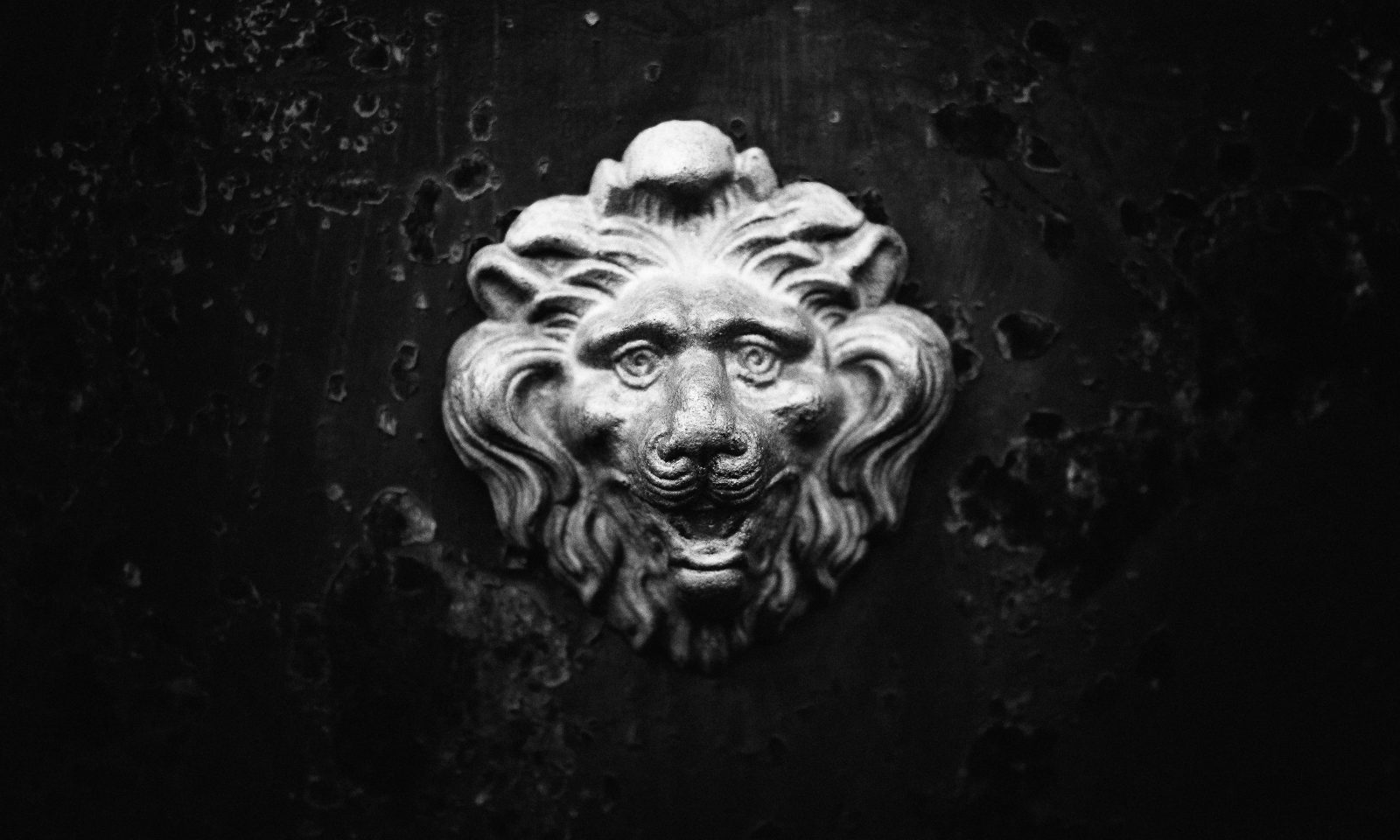A generic lion is non-distinctive even to specialised public
On 5 February 2020 the General Court issued the judgements T-331/19 and T-332/19 (available only in French) and upheld the EUIPO Board of Appeal’s decision to reject the application of Balmain, the famous fashion house, for the registration of two graphic trademarks.
It all started in 2017, when Balmain tried to register two graphic trademarks depicting a lion’s head, surrounded by a ring-made chain, before EUIPO. EUIPO rejected the registration for goods in classes 14 (cufflinks and jewellery) and 26 (buttons, shoe press-studs) under the Nice Classification (link) on the absolute grounds that the trademarks were devoid of any distinctive character (Article 7, Paragraph 1, Subparagraph (b) of the Regulation (EU) 2017/1001 of the European Union trade mark). Balmain appealed to the EUIPO Board of Appeal, but the appeal was rejected with decisions R 1522/2018-5 and R 1224/2018-5.
Consequently, Balmain filed an appeal before the General Court. In their appeal, Balmain argued that their goods from classes 14 and 26 under the Nice Classification are purchased by professional and highly-specialised public whose degree of attention is higher than that of the general public, which is why a lower degree of distinctiveness of their trademarks’ signs should suffice for registration. The General Court, however, was of a different opinion and explained that the high degree of attention of specialised public cannot, by itself, affect the assessment of the trademark’s distinctive character. Since there is a plethora of jewellery, cufflinks and buttons depicting the head of a lion on the market, and since Balmain trademarks’ designs did not differ from them in any significant way, the General Court upheld the EUIPO Board of Appeal’s decision to refuse the registration of the trademarks.
The Grand Board of the European Union Intellectual Property Office (EUIPO) finally ruled that the figurative sign ‘COVIDIOT’ cannot be registered as an EU trademark.
The 4th Open Knowledge Day took place on Tuesday 17 October 2023, with an accompanying workshop on 18 October 2023. This year it was organised by the Open Data and Intellectual Property Institute (ODIPI) and supported by Knowledge Rights 21 (KR21).
We invite you to the fourth Open Knowledge Day and the workshop, which will take place this year within the framework of the programme and with the support of Knowledge Rights 21. The event will bring together experts from different European countries to discuss two topics: the first part will deal with the legal basis for data analytics, which is a key part of machine learning and related artificial intelligence, and the general exception for research. In the second part, open science in theory and practice will be presented both in Slovenia and in some Western Balkan countries. Representatives of research and educational institutions from Slovenia and the Western Balkan countries, as well as interested members of the public, are invited to attend.
Dr. Maja Bogataj Jančič, a renowned expert in copyright law, has joined the Berkman Klein Center for Internet & Society at Harvard University, where she will serve as an affiliate researcher for the next two years.





